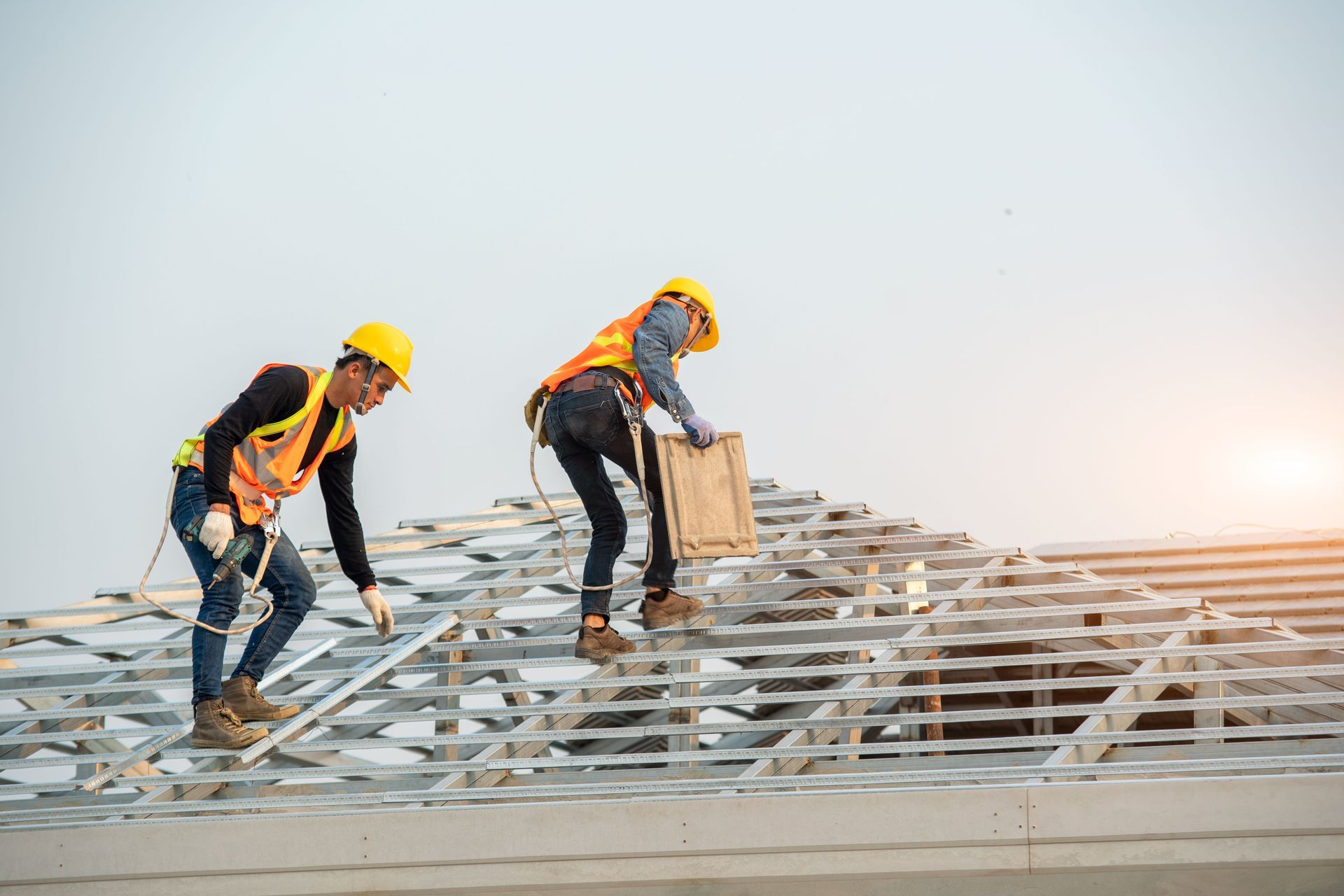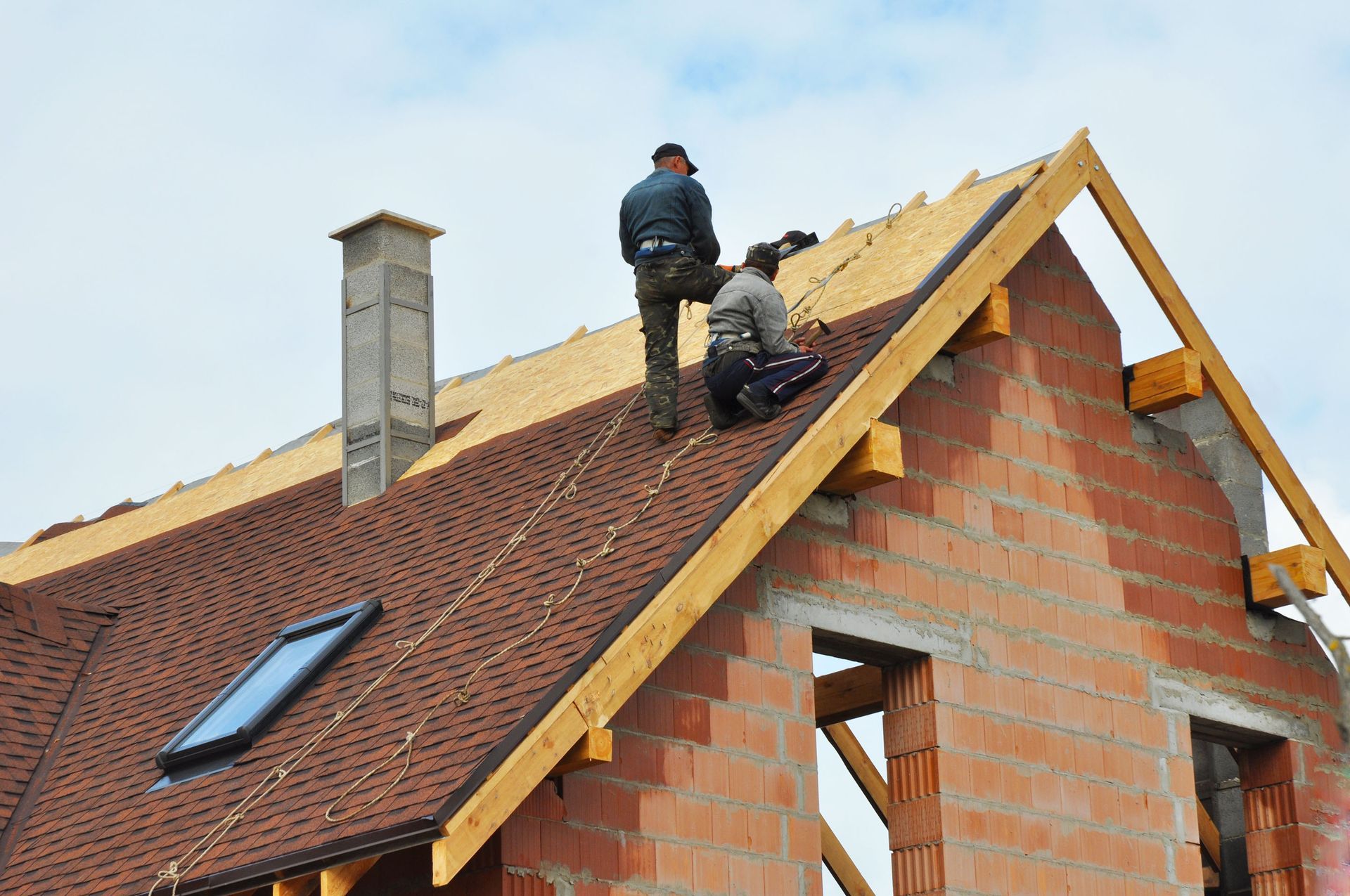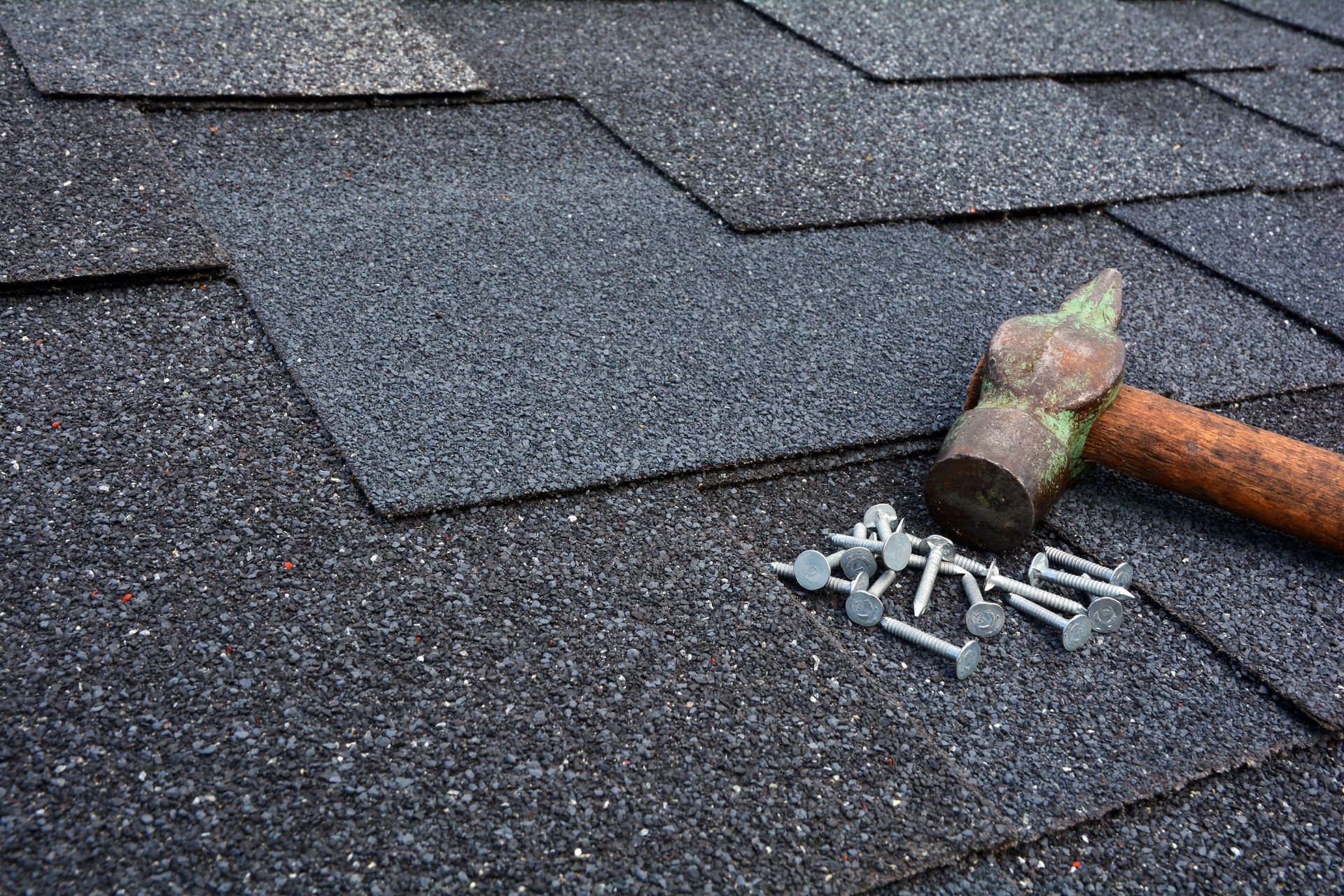6 Considerations When Choosing Commercial Roofing Materials for Your Business
By Brian McGuire | November 5, 2025
Choosing the right roofing material for your commercial property is one of the most important decisions a business owner can make. A roof is more than just a protective layer—it contributes to energy efficiency, aesthetics, long-term maintenance costs, and even the overall value of your property. With so many materials available on the market, the decision can feel overwhelming. By carefully evaluating your business’s unique needs, location, and goals, you can select a roofing system that meets both practical and strategic requirements. This guide dives deep into key considerations to help you make a confident, well-informed decision with the assistance of experienced commercial roofing contractors.
1. Durability and Lifespan
Durability is a cornerstone consideration when selecting commercial roofing materials. A high-quality roof protects your business for decades, while inferior materials can lead to costly repairs or early replacement. Longevity depends not only on the material itself but also on professional installation, environmental conditions, and regular maintenance. Investing in a long-lasting material often reduces total cost over time, making durability a critical factor in decision-making.
Local climate conditions further influence durability. Buildings in hurricane-prone regions or areas with frequent hailstorms require materials that can withstand extreme weather. For example, metal or reinforced rubber roofing can endure high winds and impacts, while clay or slate tiles perform well in hot, dry climates. Similarly, UV-resistant materials are essential for properties in sunny regions, helping maintain structural integrity and appearance over time. Selecting materials suited to the climate reduces repair frequency and ensures consistent protection.
Maintenance is another important aspect of durability. Some materials, such as metal and TPO membranes, require minimal upkeep, whereas asphalt or wood may need more frequent inspections, cleaning, and minor repairs. A proactive maintenance plan by commercial roofing contractors, including regular inspections, ensures early detection of potential issues, extending the life of your roof.
Resistance to physical damage, including hail, wind, and debris, is critical for commercial roofs. Choosing impact-resistant materials reduces insurance claims and downtime for business operations. Materials like metal or reinforced synthetic options provide superior protection, especially in regions with extreme weather events. Businesses that prioritize durability often find that investing in robust materials upfront saves significant costs over time.
2. Energy Efficiency
Energy efficiency has become a top priority for commercial properties due to rising utility costs and sustainability goals. Effective roofing materials contribute to temperature regulation, reducing heating and cooling needs. Materials with high insulation properties, such as foam or insulated single-ply membranes, help maintain stable indoor temperatures and lower energy consumption. In fact, according to Workyard, single-ply roofing is the most popular commercial installation system at a whopping 81%! Layered roofing systems, combining single-ply membranes with additional insulation, further enhance energy savings.
Reflective roofing materials play a vital role in energy efficiency. Light-colored or “cool roofs” reflect sunlight, minimizing heat absorption and decreasing the load on HVAC systems. Reflective coatings can even be applied to existing roofs, providing energy savings without requiring full replacement. This is particularly advantageous for flat or low-slope commercial roofs, which tend to absorb significant heat throughout the day.
ENERGY STAR-rated roofing materials provide standardized verification of energy efficiency, guiding businesses toward options that reduce operational costs and environmental impact. High-efficiency roofs may also qualify for government rebates or tax incentives, offsetting initial investment costs. These incentives make sustainable roofing materials financially viable while contributing to corporate responsibility goals.
Environmental impact is another consideration. Green roofs, which support plant growth, offer insulation, reduce urban heat islands, and enhance biodiversity. Recyclable materials installed by commercial roofing contractors further reduce a building’s ecological footprint. Businesses increasingly view energy-efficient and eco-friendly roofing as a strategic choice, improving sustainability credentials and potentially attracting tenants, clients, or investors who value environmental responsibility.
3. Cost Considerations
Cost is often the most immediate concern for businesses considering a new roof. Initial installation costs vary widely depending on material type, roof complexity, and labor. Asphalt shingles are more affordable upfront, whereas metal, solar, or green roofs require higher initial investment. However, focusing solely on upfront costs can be misleading. Long-term financial considerations, including maintenance, repair, and energy savings, are equally important.
High-quality roofing materials typically require fewer repairs, last longer, and improve energy efficiency, resulting in long-term financial benefits. For instance, metal roofing may have higher upfront costs but can last over 50 years with minimal maintenance, saving on replacement and repair expenses. Energy-efficient materials also reduce utility bills, providing recurring savings that improve ROI.
Budget planning should account for immediate costs, long-term maintenance, and potential future replacements to ensure financial stability. A structured plan with the help of professional commercial roofing contractors helps businesses allocate resources without compromising on material quality or performance.
4. Aesthetic Appeal
Beyond function, the aesthetic impact of a roof contributes to brand image, property value, and customer perception. Compatibility with architectural style ensures a cohesive and visually appealing building. Traditional materials like slate or clay tiles complement historical or classical architecture, while metal and synthetic options suit contemporary designs.
Color and texture enhance visual appeal and allow businesses to reinforce brand identity. Asphalt and metal roofs offer a wide range of colors, while textured finishes add depth and interest. Customization options further allow companies to align roofing materials with unique design or branding needs, creating a distinctive presence in the market.
Well-chosen roofs can increase property value and attract tenants or customers, making them a worthwhile investment. Additionally, maintaining visual consistency within business districts or industrial parks promotes professional cohesion, reflecting positively on the company and surrounding environment. A roof that is both durable and aesthetically appealing creates long-lasting benefits for a commercial property.
5. Material Types and Options
Understanding the range of available materials helps businesses match roofing solutions to their goals. Asphalt and composition roofs offer affordability and versatility, making them suitable for budget-conscious projects. Commercial roofing contractors can easily install them. On the other hand, metal roofing is valued for longevity, weather resistance, and recyclability. Metal provides superior protection and energy efficiency. It's also highly customizable, offering modern aesthetics for commercial properties.
Each material type has trade-offs in terms of cost, maintenance, aesthetics, and environmental impact. Businesses must weigh these factors alongside their operational priorities, budget, and long-term goals to select the most appropriate solution.
6. Local Building Codes and Regulations
Compliance with local building codes and regulations is essential for commercial roofing projects. Fortunately, commercial roofing contractors understand permitting processes, ensuring timely approvals and preventing costly delays.
Inspection requirements verify that installations meet quality and safety standards, covering material integrity, structural performance, and installation methods. Fire safety ratings are particularly important; class A-rated materials provide the highest protection, reducing risk to personnel and property.
Early engagement with local authorities and commercial roofing contractors ensures smooth compliance with all regulations. Understanding and planning for these factors reduces risk, ensures safety, and supports a successful, durable roofing installation.
A well-chosen roof enhances property value, reduces maintenance needs, supports energy efficiency, and aligns with brand image. By considering both practical and strategic implications, business owners can make confident decisions that protect their assets and create visually appealing, sustainable, and resilient commercial properties. Investing in quality roofing today ensures both operational efficiency and long-term growth for your business tomorrow. To work with some of the best commercial roofing contractors in Missouri and Illinois, turn to our team at Geissler Roofing Co, Inc. We're licensed, insured, and bonded with decades of experience. Contact us today to get started!





Share On: